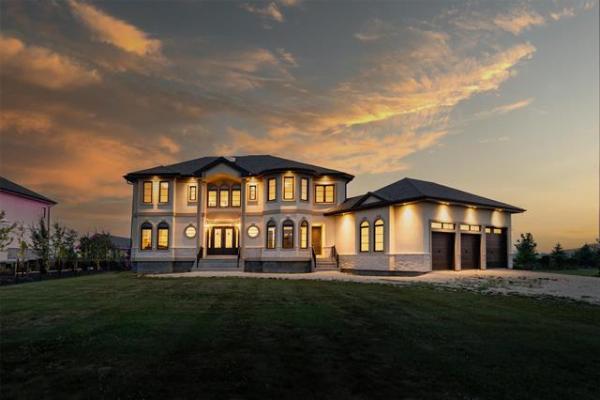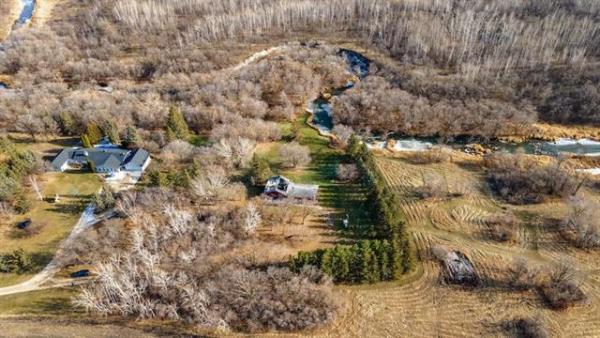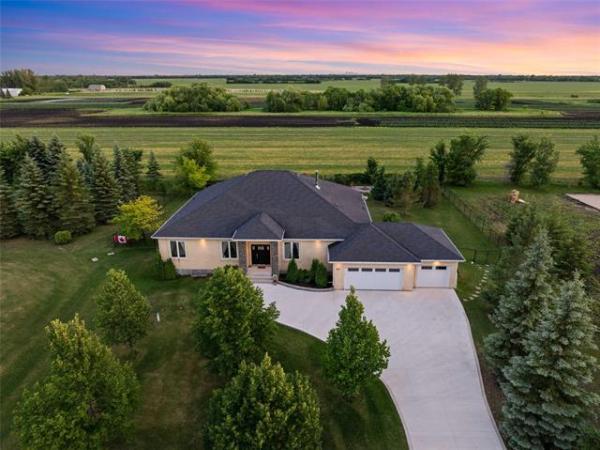QUESTION: I am a single mother and live in a Habitat for Humanity house constructed in 2005. It is a bi-level, about 800 square feet on the main floor with the lower floor being a fully finished basement with two bedrooms, rec-room, laundry room and bathroom.
The lower floor is very cool year-round and, in the winter, it is pretty much too cold for comfort. The basement is heated from the furnace heat vents that are in every lower-floor room and don't seem to do much good in keeping the lower floor at a comfortable temperature. The lower floor is also vinyl and carpet installed over the concrete. There is also a hot-water in-floor heat system, as of yet to be hooked up, so the past two winters we went without it. The upper floor is very warm all year round, as there are three large windows that face east and south and bring a lot of solar heat into the space.
This past winter, being my second winter in the home, I noticed a white powdery substance along the outside perimeter of the foundation wall, which I did not have happen the first winter. Also, for the first time I had the windows and the main door ice up several times to the point the door handle was frozen solid and I had a heck of a time getting the door open. This being the only door in the home, I am very concerned about this problem. I have been told this has to do with the humidity levels in the house. I did purchase a humidity gauge and the humidity was always in the 30 to 50 per cent range in the upper floor. The lower floor I did not monitor.
During most of the winter, the HRV system that was installed in the home was running. I also use the HRV unit to vent the bathrooms as there are no separate bathroom fans in the two bathrooms.
What causes the white substance on the foundation? Why would the door and window freeze shut and should the HRV be preventing these things from happening? Are the cooler basement temperatures contributing to these problems and will the installation of the in-floor heat help? I would very much appreciate any advice you can give me.
Diane Lacasse, Selkirk
ANSWER: The white powder you are seeing on the outside of your foundation is efflorescence that is emanating from either the foundation or the thin parging on the outside of the concrete. This material is just minerals or salts that are leaching from the concrete and is harmless, but is the result of a moisture-related issue. This phenomenon can occur from moisture contained within the concrete or from moisture on the surface.
It's not uncommon for newly poured concrete to have some minor efflorescence show up, due to the release of moisture during the curing process. This normally occurs in the first couple of years and can be cleaned off and may not reoccur. The second possibility is that the outside of the concrete is being wetted and not allowed to quickly dry. This will cause the minerals to be drawn out and deposited on the surface, which will turn to the white powder you seen when the area finally dries.
The most likely cause of excess wetting of the exterior foundation wall is snow being built up along the foundation walls. If there is a sidewalk or driveway in this area, you must avoid piling up snow against the foundation when this area is shovelled. Also, vegetation or excess watering of gardens or flower beds next to the foundation can also cause this to occur.
While the efflorescence may be little more than a nuisance, the frozen door is a much more serious concern. The cause of the frozen doors is definitely due to excess humidity within the home, which is condensing and freezing when it hits the cold surface of the front door. While excess moisture should be the major concern, it's also likely the door itself is in need of repairs or adjustment to prevent cold-air intrusion that is making the problem worse.
Newly installed doors often need regular adjustments in the first year or so, due to shrinkage in surrounding building materials or movement. This can be accomplished by adjusting the striker plates so the door closes more firmly against the jamb and by tightening or loosening the long adjustment screw installed in the door hinges. Also, check that the weatherstripping and threshold are not damaged or loose, which can cause excessive air leakage as well.
These adjustments and minor repairs will realign the door and may prevent enough air loss to stop the freezing, but will not get at the root of the problem, which is excess moisture in the home. Having a Heat Recovery Ventilator, or HRV, installed in the home is an ideal way to prevent relative humidity from being too high in your home. But these units need to have regular maintenance, just like any mechanical device, that includes regular balancing, cleaning of filters, vent hoods, registers and intake grills, combined with proper adjustment of humidistatic controls.
I recommend hiring a licensed HVAC contractor who is trained in the design and installation of HRVs to come to your home to check and service the system and show you the proper techniques for regular maintenance and operation.
Ari Marantz is the owner of Trained Eye Home Inspection Ltd. and the President of the Canadian Association of Home & Property Inspectors - Manitoba (www.cahpi.mb.ca). Questions can be emailed to the address below. Ari can be reached at (204) 291-5358 or check out his website at www.trainedeye.ca.
trainedeye@iname.com



